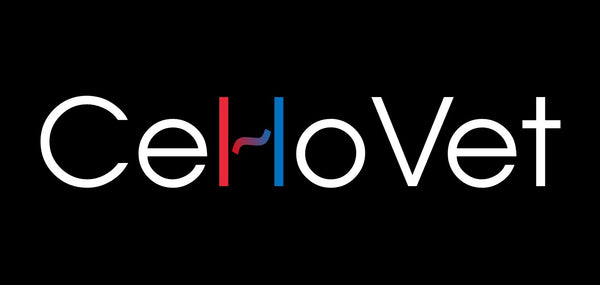Another journal article shows why veterinary surgeons need access to real cellophane

Another prospective study in 20 dogs was recently published in Veterinary Surgery (Nelson, 2016) which looked at imaging and clinical outcomes in dogs with extra-hepatic portosystemic shunts that were attenuated with thin film banding.
Dogs received full biochemical analyses, CT angiograms and nuclear scintigraphy at admission. At the 6 month post-op follow up, all dogs received a repeat nuclear scintigraphy and CT angiogram.
Results showed that 13/20 had complete closure, with partial attenuation with continued shunting in 7/20. There was no difference in pre-op shunt vessel diameter between those that did occlude entirely and those that did not. Clinically, most dogs had improved biochemical and imaging parameters, even in those dogs which only had partial attenuation.
Despite the results reported in this study being good, there was an important factor which the author's noted may have hindered their success:
"The material that our hospital has used to attenuate shunts for a number of years is commercially available roll cellophane. We submitted a sample of this material for a recently published study by Hunt et al. to confirm that, as was the case with a number of other transparent films marketed as cellophane, our material was an olefin polymer similar to polypropylene."
We encourage readers to look at this article and appreciate the lengths at which the authors have gone to follow up on these cases objectively. Their results are promising, however had they placed all of their thin film bands at more appropriate locations and had they have had access to CelloVet, then perhaps the results may have been even better.
So yet again, polyolefin marketed as cellophane is not cellulose derived. Be certain it is cellophane - use CelloVet.

